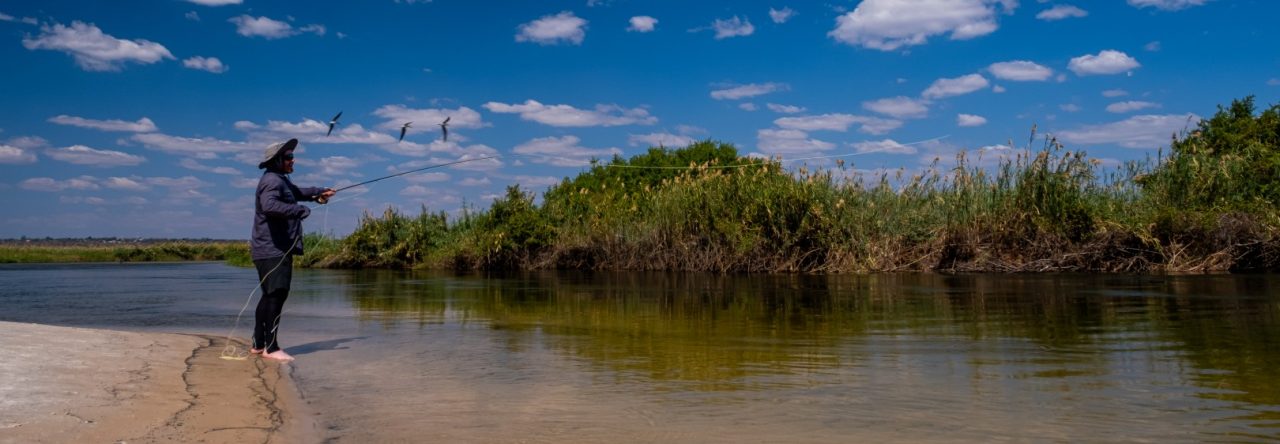Words and Photographs by Gero Lilleike
I don’t have to look far to see the great clash between man and nature taking place before my very own eyes. As I look over the notorious False Bay in Muizenberg, Cape Town, South Africa, I see hundreds of sea gulls diving for fish, the Yellowtail have arrived. On the shore, trek net fishermen prepare their nets in hope of a big catch.
Over recent weeks, the presence of trek net fisherman near the famous ‘Surfers Corner’ in Muizenberg has sparked anger and concern over the safety of the many bathers and surfers who frequent this popular surfing beach. Cape Town and False Bay in particular is well known for the presence of the Great White shark, Carcharodon Carcharias, and public safety has been on the agenda for several years now. Two fatal shark attacks and one non-fatal attack have occurred in False Bay in the last ten years and thousands of shark sightings have been recorded with the help of the Shark Spotters Programme.
In November 2004, Tyna Webb (77) went for an early morning swim at Fish Hoek beach. Minutes later she was attacked repeatedly by a massive Great White shark. Tyna’s swimming cap was all that remained. In January 2010, Lloyd Skinner (37) was also swimming at Fish Hoek beach when he too was attacked by a Great White and never seen again. Then, in September 2011, Michael Cohen (42) survived a Great White attack at Fish Hoek beach with the shark biting off his right leg above the knee and part of his left leg below the knee. No further attacks have occurred since.
The Shark Spotters Programme has proven to be hugely successful since its inception in 2004, alerting beach goers to potential shark threats and gathering valuable information regarding the presence of Great White sharks in False Bay. The Shark Spotters Programme is the primary preventative measure adopted by the City of Cape Town to avoid further attacks in False Bay and Cape Town in general, but further intervention may be on the cards.
An article published in the April issue of The Big Issue, a general interest magazine, outlines the possibility of exclusion nets being adopted on a trial basis in Fish Hoek. The exclusion nets were considered by the City of Cape Town in 2006 but were rejected as it was believed that sea conditions in Fish Hoek would destroy the nets, and worse, sea life would become entangled in them. The use of exclusion nets are now being reconsidered but financing, approval and implementation may or may not prevent the exclusion nets from becoming a reality.
More importantly, the environmental impact of exclusion nets on the fragile marine environment in False Bay and Fish Hoek in particular will remain unknown until the nets are implemented. The exclusion nets, similar to the nets used by trek net fisherman, are thought to be more environmentally friendly because the holes in the net are much smaller when compared to the deadly gill nets used in Kwa-Zulu Natal, South Africa.
Any net, in my opinion, will threaten marine life, as demonstrated when a 4.3 meter female Great White shark got entangled in the nets of whelk fisherman off Fish Hoek beach on March 11 2012 and sadly died as a result. It’s thought that between 30 and 70 million sharks die by the hand of man every year compared to the 75 odd shark attacks reported worldwide in 2011. We, as humans pose a far greater threat to sharks and to ourselves than sharks do to us, so are exclusion nets even necessary? Where do we draw the line between public safety and conservation? Exclusion nets may offer beach goers relative safety from sharks, but are exclusion nets an environmentally viable option to preserve marine life going forward into the future?
The debate continues…




